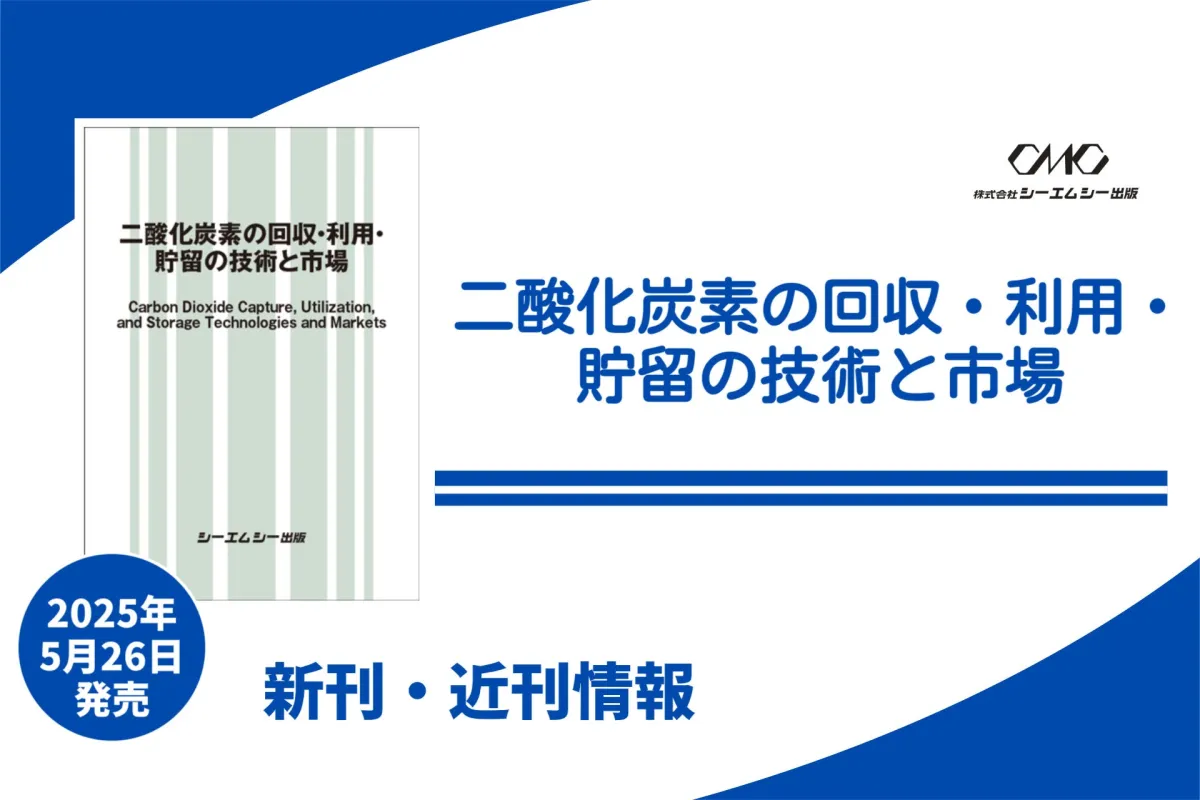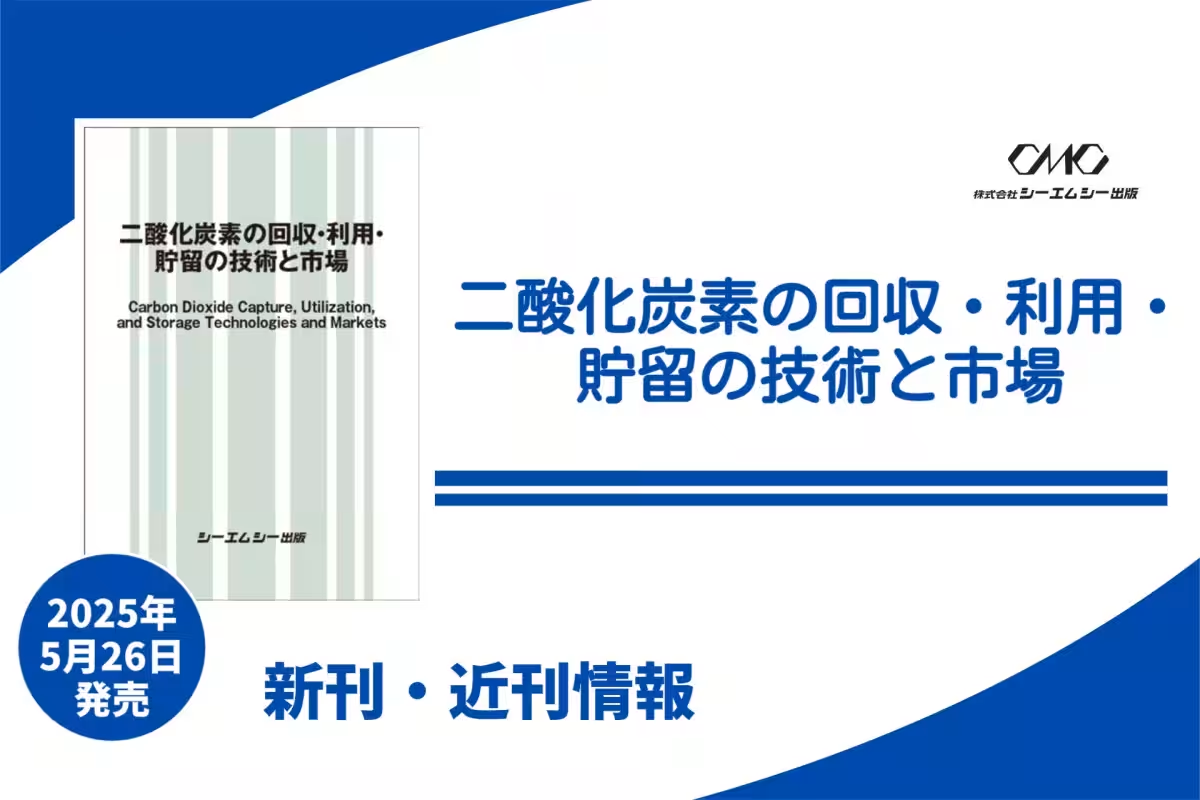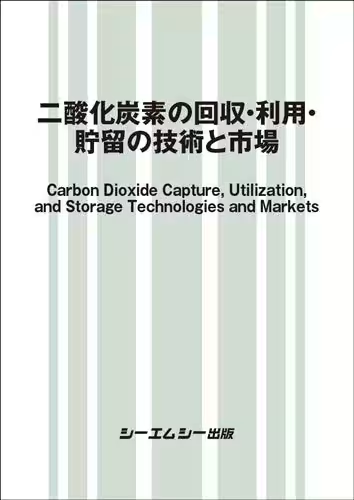

Exploring Innovative Technologies and Market Trends in CCS and CCUS
Introduction
The book titled "Technologies and Markets for Carbon Dioxide Capture, Utilization, and Storage" provides a detailed exploration of recent trends in CCS (Carbon Capture and Storage) and CCUS (Carbon Capture, Utilization and Storage). With global temperatures on the rise due to climate change, it becomes crucial to address greenhouse gases, primarily carbon dioxide, which have significantly increased since the Industrial Revolution. In response to alarming climate predictions, Japan set a bold goal in 2020 to achieve net-zero greenhouse gas emissions by 2050, leading to a surge in interest in technologies for separating and capturing carbon dioxide from sources such as power plants and industrial facilities.
Overview of CCS/CCUS
CCS involves capturing carbon dioxide emissions at their source and storing them underground or beneath the ocean floor, while CCUS expands on this by transforming captured carbon dioxide into useful chemical substances. Both technologies are essential for reducing the carbon footprint and mitigating climate change impacts. This book is divided into two main sections: technology and market.
Technology Section
The technology section delves into the various techniques currently employed to capture and utilize carbon dioxide effectively. Experts in the field cover topics ranging from:
1. CO2 Separation and Capture Technologies: Innovations in methods to effectively separate CO2 from other gases.
2. Membrane Technologies: The development and application of CO2 separation membranes that increase the efficiency of capture.
3. Direct Air Capture (DAC): Development and deployment of technologies that extract CO2 directly from the atmosphere.
4. Synthesis of Base Chemicals from CO2: Techniques for converting CO2 into essential chemical feedstocks.
5. Conversion Technologies: Innovations for transforming CO2 into methane, carbon monoxide, and other usable fuels.
6. Methanol Production: Techniques to synthesize methanol from renewable hydrogen sources combined with CO2.
7. Catalytic Conversion Processes: Utilizing catalysts to convert CO2 into fuels or building blocks for chemicals under mild conditions.
8. Technological Developments in Steel Production: Efforts to isolate and capture CO2 emissions from steel-making processes.
9. Understanding CCS Mechanisms: Insights into the phenomena associated with CCS at a microscopic level.
10. Commercialization Outlook: Challenges and pathways towards the commercialization of CCS, discussing both current advancements and future forecasts.
Market Section
The market section conducts an in-depth examination of the economic aspects of CCS and CCUS. It scrutinizes:
1. Greenhouse Gas Emissions in Japan: Insights into Japan's current emission levels and targets.
2. Overview of CCS/CCUS: An explanation of the technologies and their applications in the market.
3. Market Trends: Analyzing the market for CO2 separation technologies and materials, including product applications and competitive landscapes.
4. Product Utilization: Current trends in the market for products derived from CO2 utilization.
5. Key Players: Profiling major corporations and innovators in the CCS/CCUS sector, shedding light on their strategies and contributions.
Conclusion
This book aims to serve as a comprehensive resource for professionals engaged in the development and research of carbon dioxide separation, capture, utilization, and storage technologies. By providing critical insights into both technological innovations and market dynamics, it can enhance marketing efforts and inform strategic planning in the pursuit of sustainable practices to combat climate change effectively.


Topics Environment)










【About Using Articles】
You can freely use the title and article content by linking to the page where the article is posted.
※ Images cannot be used.
【About Links】
Links are free to use.